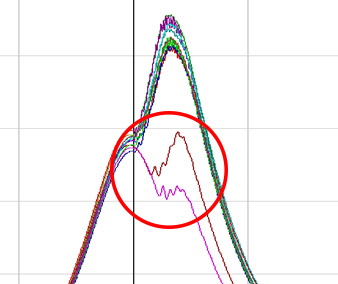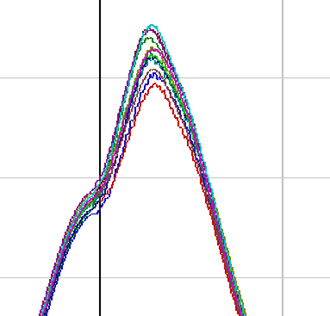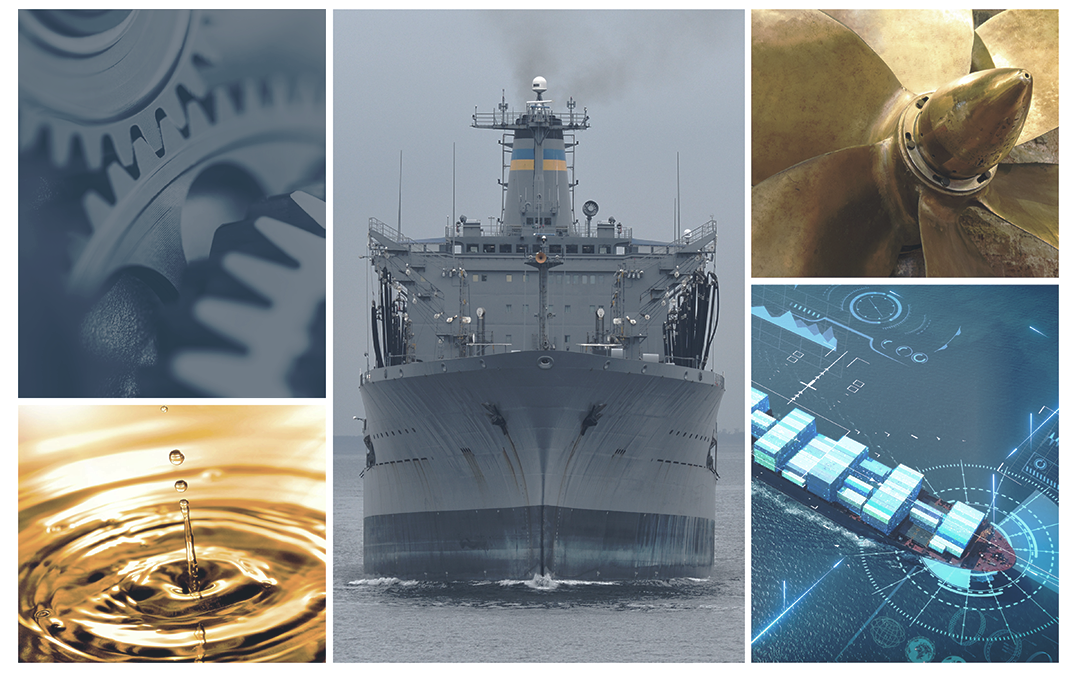Author: Mike Wilson
Engine Balance
Engine balance is vital for safe and efficient operation of marine diesel engines onboard vessels. Engine balance means that all cylinders are essentially “working as a team”. In essence, if one cylinder is a low performer, the other cylinders on the engine must pick up the slack to meet load demands. This includes factors such as engine timing, firing pressures, injection timing, proper combustion, and ignition timing. All these measurements and more can be seen in reciprocating analysis (RA) data using the Diesel Doctor DK-20 data collector onboard. Data shots collected in the RA program can be analyzed to identify any cylinder outliers or other issues regarding firing pressure/timing. Improper engine balance can lead to excessive wear/tear on cylinders, bearings, crankshafts, etc. and worse, overall engine failure. Having a proper balance will assist in ensuring the engine will not fail while underway and prevent the financial and operational losses that would be the result of a catastrophic engine failure.
Here at Emprise Corporation, we utilize the RA program to better serve our customers by providing recommendations and support with maintenance and repairs onboard vessels. We provide data collectors, training, and analysis of information collected. For our current customers, this data is beneficial and incorporated into a management system which tracks repairs and maintenance to completion/correction.
Cylinder Balance Index
In the early 2010’s, our analysts went through all Diesel Doctor data shots, data collected from vessels within a fleet, and created a way to estimate engine balance, called the Cylinder Balance Index (CBI); which trends engine balance over time. This was submitted and approved by our customer as the standard deviation of the peak firing pressures of each cylinder and divides it by the cylinder peak firing pressure average. That number is normalized to make the CBI value unitless. This is then multiplied by the number of cylinders. Next, this number is divided by the number of cylinders minus the number of outliers. An outlier is a cylinder whose peak firing pressure is +5% of engine average.

Engine data is analyzed by subject matter experts, noting issues (if any) and assessing the engine to be in a good, fair, or poor balance. Data values used in the assessment are as follows:
Case Study
A great example of the crew using reciprocating analysis data in conjunction with making engine adjustments was onboard a vessel. Recently, the vessel completed extensive main engine repairs/overhaul during a dry-dock period in a shipyard. Their focus was to convert the vessel to single fuel, and all 12 fuel pumps were overhauled. Over the course of three (3) days, seven (7) data shots were collected by the vessel crew during performance tests onboard using the DK-20, the data collector. The crew was able to review each data shot in a maintenance management system, determine the problematic cylinders, which in this case, were cylinders 7 and 12. Below is the first shot, taken 15 Mar 2022. The two outlying cylinders are circled in red and clearly seen below. CBI was calculated at 1.743, in a very poor balance.

Figure 1 – Cylinders 7 & 12 are determined to be problematic using the data shot

Figure 2 – Engine in good balance
The crew performed various maintenance actions over the course of the next shots; cylinder fuel suction valves were replaced, cam shaft timing checked, shims removed from fuel pumps, and racks were adjusted. The final shot above (Figure 2), taken 17 Mar 2022, ended with the engine in a good balance with a CBI calculated at 0.031.
